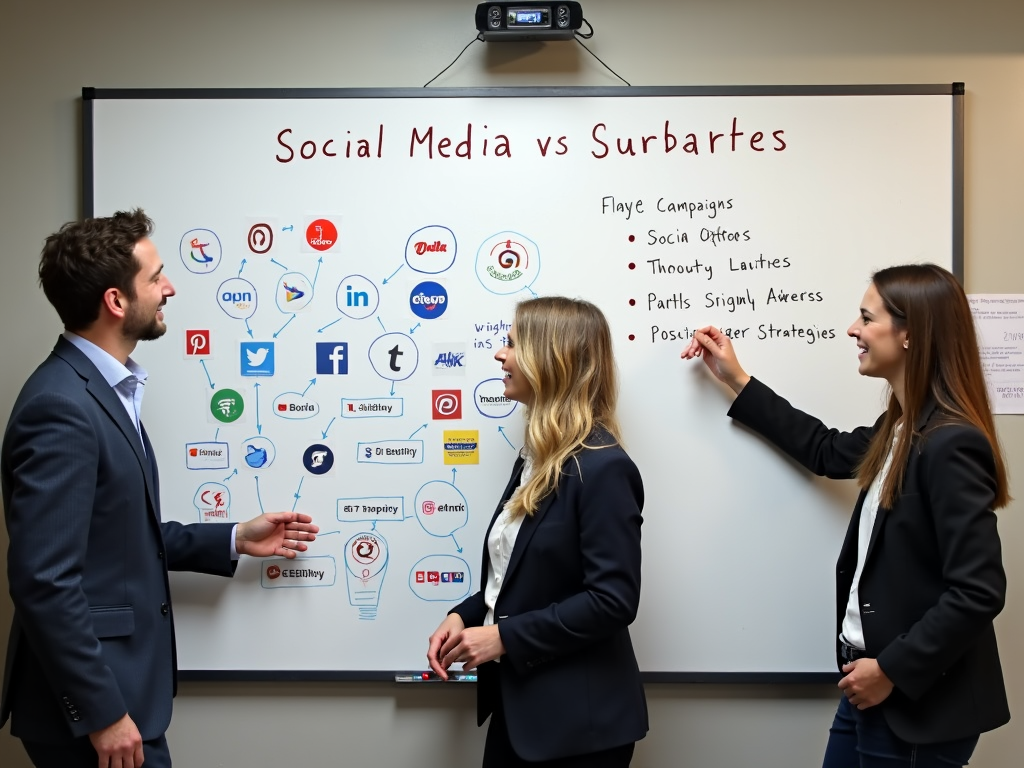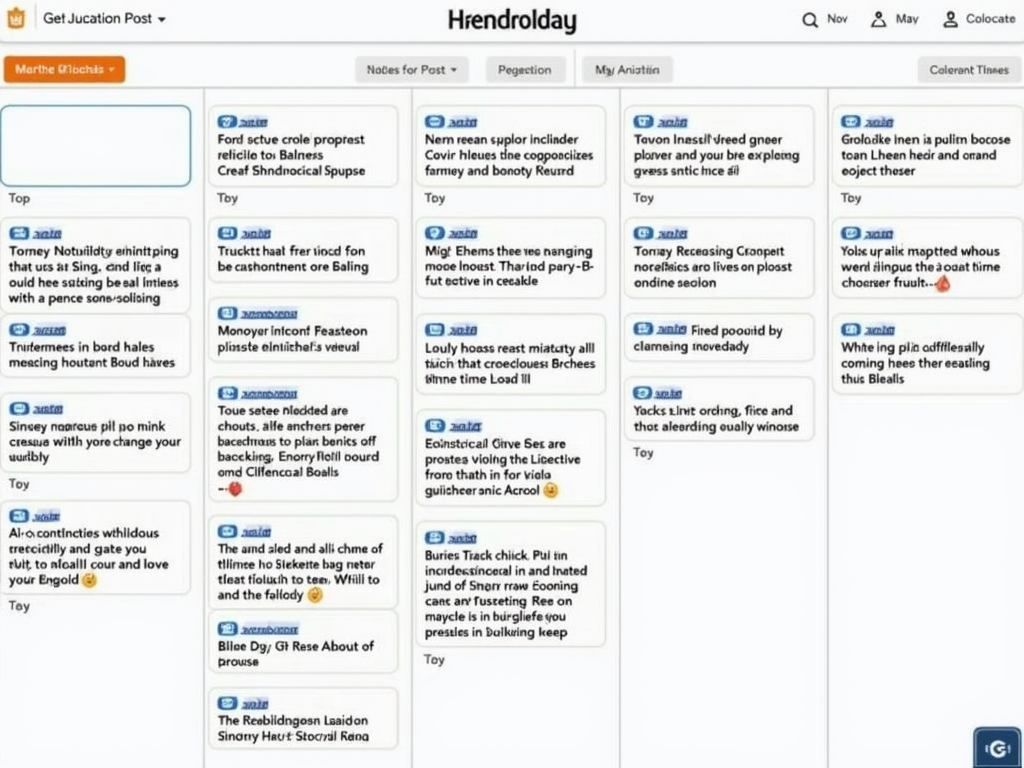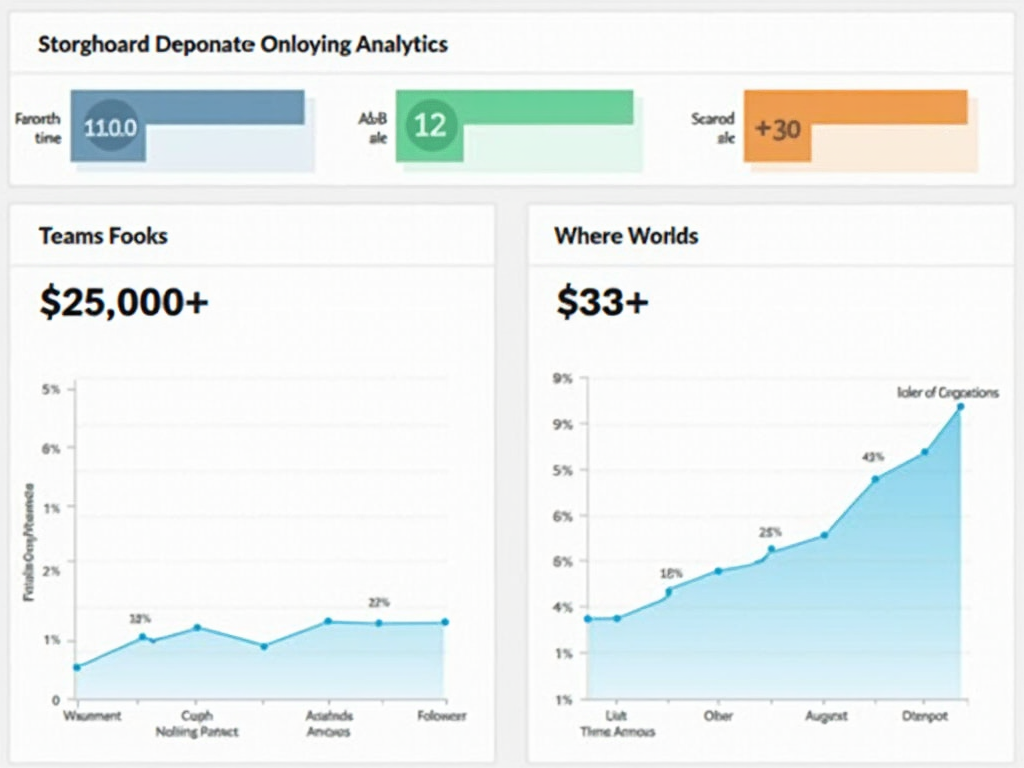Mastering Social Media for Nonprofits: A Step-by-Step Guide to Effective Campaigns
By , March 30, 2025
In today's digital age, social media has become an indispensable tool for nonprofits looking to raise awareness, mobilize supporters, and drive change. But with so many platforms and strategies to choose from, creating an effective social media campaign can feel overwhelming. This guide breaks down the process into manageable steps, providing actionable advice and real-world examples to help your nonprofit succeed online.
Before you dive into creating content, it's crucial to understand who you're trying to reach. Nonprofits often have diverse audiences, from donors and volunteers to beneficiaries and policymakers. Take the time to create detailed audience personas. What are their interests? What social media platforms do they use? What motivates them to engage with your cause? For example, if you're an environmental nonprofit, your audience might include eco-conscious millennials who are active on Instagram and TikTok, as well as older donors who prefer Facebook and email newsletters.

Once you know who you're targeting, it's time to define what you want to achieve. Are you looking to increase donations, recruit volunteers, raise awareness about an issue, or all of the above? Setting specific, measurable goals will help you focus your efforts and track your progress. For instance, instead of a vague goal like 'increase engagement,' aim for something concrete like 'grow our Instagram following by 20% in the next three months' or 'generate 100 new volunteer sign-ups through Facebook ads.'
With your audience and goals in mind, it's time to choose the right social media platforms. While it might be tempting to be everywhere, it's more effective to focus on the channels where your audience is most active. For nonprofits, Facebook and Instagram are often essential, but don't overlook platforms like LinkedIn for professional networking or TikTok for reaching younger audiences. Consider your resources as well – maintaining a strong presence on one or two platforms is better than spreading yourself too thin across many.

Content is the heart of any social media campaign. For nonprofits, storytelling is key. Share compelling stories about the people or causes you serve, highlight the impact of your work, and showcase the dedication of your volunteers and staff. Use a mix of formats – photos, videos, infographics, and live streams – to keep your audience engaged. Remember to make your content shareable and include clear calls to action, whether it's donating, signing a petition, or attending an event.
Consistency is crucial in social media. Develop a content calendar to plan your posts in advance and ensure a steady stream of updates. This doesn't mean you have to post every day – quality trumps quantity. Aim for a posting frequency that you can sustain without burning out your team. Tools like Hootsuite or Buffer can help you schedule posts and manage multiple platforms efficiently.

Social media is a two-way street. It's not just about broadcasting your message; it's about building relationships with your supporters. Respond to comments and messages promptly, ask questions to spark conversations, and encourage user-generated content. For example, you could create a hashtag campaign where supporters share their own stories or photos related to your cause. This not only increases engagement but also helps spread your message organically.
Collaborations can amplify your reach. Partner with influencers, other nonprofits, or local businesses that align with your mission. For instance, an animal welfare nonprofit could team up with a pet food company for a joint campaign, or collaborate with a popular pet influencer to reach a wider audience. Just ensure that any partnerships are authentic and align with your values.

To know if your campaign is working, you need to track your progress. Most social media platforms offer built-in analytics tools that provide insights into your audience, engagement rates, and more. Key metrics to monitor include reach, engagement (likes, comments, shares), click-through rates, and conversions (e.g., donations or sign-ups). Use these insights to refine your strategy over time. If a particular type of content or platform isn't performing well, don't be afraid to pivot.
While metrics are important, don't forget the human element. Social media allows you to connect with your supporters on a personal level. Share behind-the-scenes glimpses of your work, celebrate milestones, and express gratitude to your community. Authenticity goes a long way in building trust and loyalty.

In conclusion, creating effective social media campaigns for nonprofits requires a strategic approach. By understanding your audience, setting clear goals, choosing the right platforms, creating compelling content, engaging with your community, and measuring your impact, you can harness the power of social media to further your mission. Remember, social media is a marathon, not a sprint – consistency and authenticity are key to long-term success.